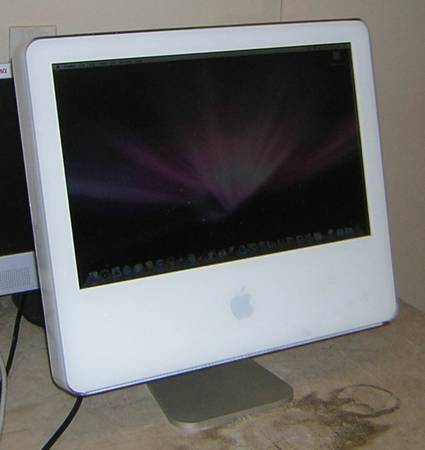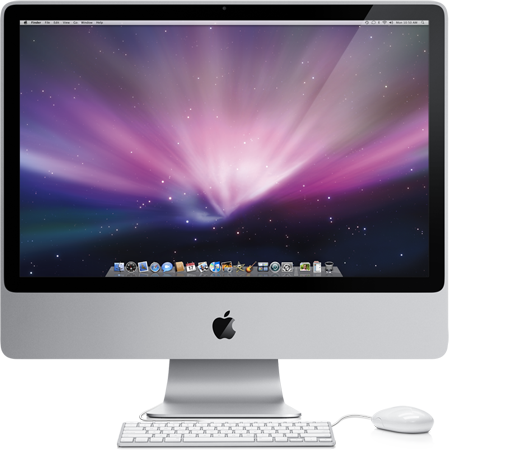

Startup Manager will scan and list connected drives and volumes that can be booted from, as shown below.ģ) Highlight the volume you want to use by using your mouse or trackpad, or left and right arrow keys on the keyboard.Ĥ) Double-click or press the Return key to boot your Mac from the selected volume. Release the key after Startup Manager appears. If your USB thumb drive, USB external disk or flash storage contains a usable operating system or a macOS installer, you can select it at boot time using macOS’ built-in feature called Startup Manager, which can be invoked via a simple keystroke.Ģ) Press and hold the Option key immediately upon hearing the startup chime. How to start up your Mac from an external USB storage device Tip: You can easily burn a bootable image of macOS to a DVD using Disk Utility. You can also press the left mouse button on a wired mouse during startup to open the disc tray. Your Mac should start up from the macOS installer CD/DVD media. How to start up your Mac from a bootable CD/DVDġ) Firstly, turn on your Mac, or restart it if it’s already on by choosing Restart in the Apple menu.Ģ) Secondly, press and hold the C key on your keyboard immediately upon hearing the startup chime. Bootable optical media (CD or DVD) on Macs equipped with Apple’s Super Drive or a USB thumb drive formatted with a GUID partition type and containing a macOS installer or a usable operating system.Īpple advises against booting from external storage containing a version of macOS earlier than the one your Mac shipped with.Get it for PowerPC or Intel.Starting up your Mac from an external disk requires the following: Note that support ended for all releases listed below and hence they won't receive any further updates. You can find recommendations for the respective operating system version below. We provide older releases for users who wish to deploy our software on legacy releases of Mac OS X. Older versions of Mac OS X and VLC media player The last version is 3.0.4 and can be found here. Support for NPAPI plugins was removed from all modern web browsers, so VLC's plugin is no longer maintained. You can also choose to install a Universal Binary. If you need help in finding the correct package matching your Mac's processor architecture, please see this official support document by Apple. Note that the first generation of Intel-based Macs equipped with Core Solo or Core Duo processors is no longer supported. Previous devices are supported by older releases.

It runs on any Mac with a 64-bit Intel processor or an Apple Silicon chip. VLC media player requires Mac OS X 10.7.5 or later.


 0 kommentar(er)
0 kommentar(er)
